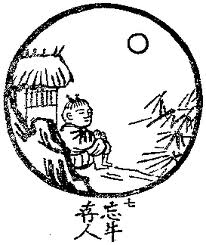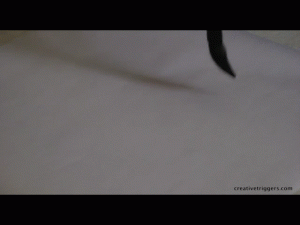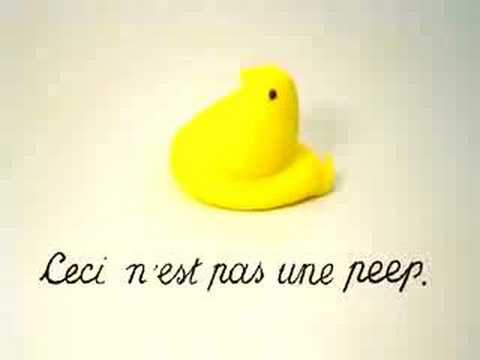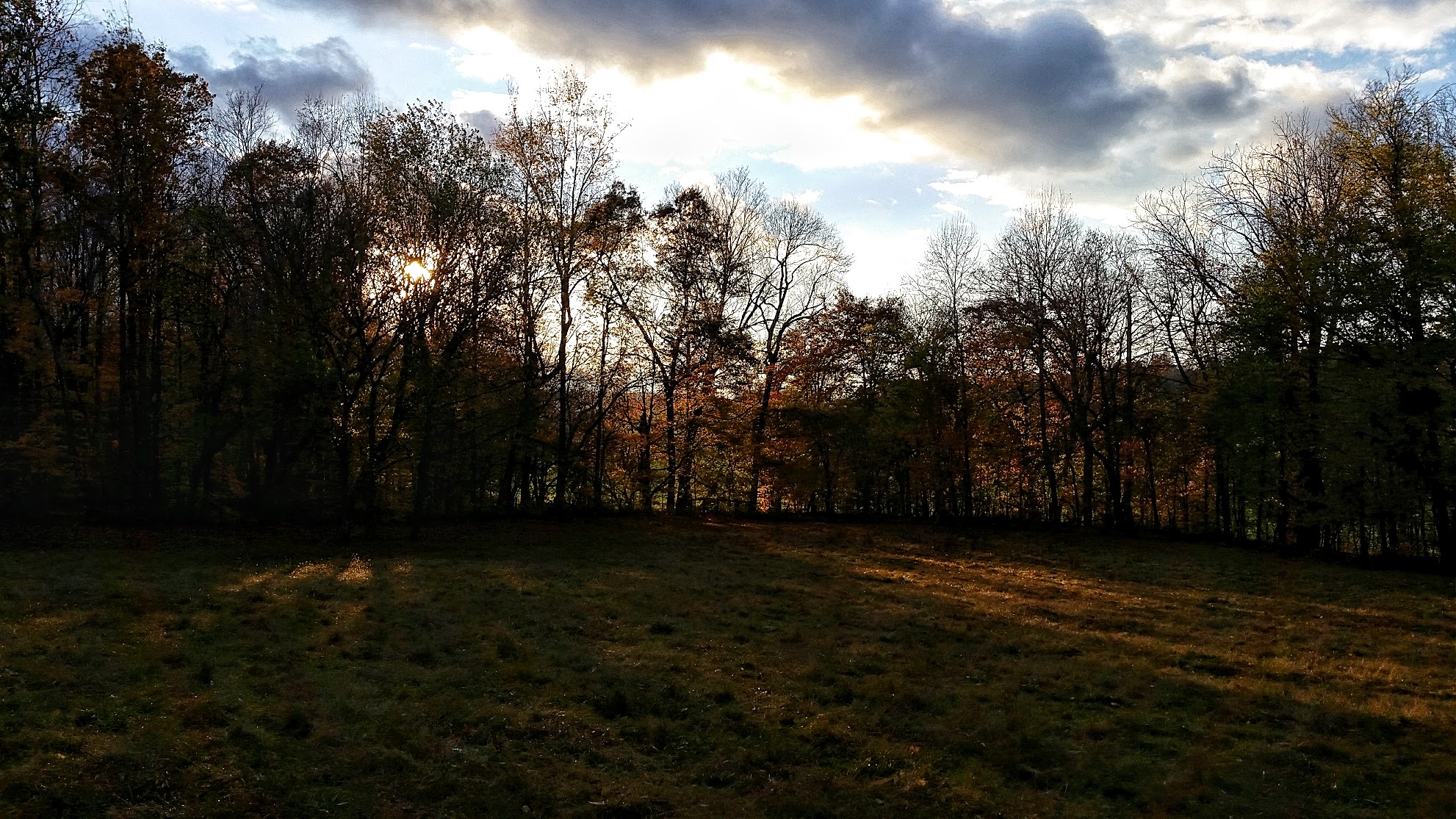I am thinking out loud in this post about of the word ‘practice’ in the title of our little adventure: Rhizo15–a practical view. Yes, I want practice. I have been following the weeks’ adventures from the margins with poetry and guided journaling and multi-modal summings-up. These are the techne, the craft, the ‘know-how’, that I seek for these six weeks. Then there is the episteme, the ‘know-what’, the book knowledge which I also care about but which I think is always trying to take the high ground. There is content everywhere in the community (Facebook, Twitter, G+). We are all filling that categorical pail as Aristotle would have it. It is inescapable.
These online worlds we occupy are pails of content yet we want them to be rhizomatic, where everything is in the middle and nowhere simultaneously, uncontained and uncontaining. Lakoff and Johnson have written about how these metaphorical schema aren’t just the spawn of language. They are conceptual, hence biological to the core.
Here is how Lakoff and Johnson sum this up in their work Metaphors We Live By:
We have ‘bounding surfaces’ with ‘an in-out orientation.
We see other ‘things’ as having the same orientation, with an inside and an outside. For example, I see my sheep as inside the fence and the coyote as outside.
This territoriality, this constant default schema, is ubiquitous AND allows us to quantify what is inside whether that is an acre/hectare or a cell in Excel or a bee in the garden.
What we see is bound into a container, hence the idea of a visual field.
Events can be containers. For example, the Kentucky Derby on Saturday is an object, but I can tell you from growing up in Louisville (see, another conceptual container)that while we consider it as an object it also exists in time as well and outside (damn it, you can’t get away from it). How do we conceptualize the Kentucky Derby rhizomatically in the face of this container bias?
Activities can be containers. How did I get into teaching? The teaching contains many activities inside it. Is rhizomatic learning inside of it? Contained within it? We are blindsided by this bias. We approach teaching and learning as if they ‘contain’ and have content, then we ask whether ‘content is people’? If no, then where does the rhizomatic consciousness fit? Is it outside of the container, post-content, post-contextual? The default might be why we feel such cognitive dissonance when we try to categorize what rhizomatic thinking is. When we define we are trying to put it in a proper logical container.
Even states of being can be viewed as containers. Being in love, out of love.
Russell called this containing box ‘the laws of thought’:
1. Law of identity: “Whatever is, is.”
2. Law of noncontradiction: “Nothing can both be and not be.”
3. Law of excluded middle: “Everything must either be or not be.”
Is the rhizome logical? Or must we be content with content as a conceptual tool? I suppose that is why almost all of my dealings with rhizomatic learning have been tied into creative action. Perhaps the rhizome is in the act, in the being and not in the containing. The content often feels like the least bit that I wanted–the smoke from the fire, not the warming fire or the wake from the ship not the motive force from propellers. Perhaps rhizomatic learning is in practice and when we contain it, well…it disappears. The rhizome is the zenmonk pointing to the moon without naming it
because the word is not the thing
I am contentualizing here, so I stop with a haiku to point to the moon instead of naming it. Damn it, I just named it.
Sheep tracks
in the dew,
Pre-dawn
ephemera, hoof sobs,
Here and gone,
here and…





